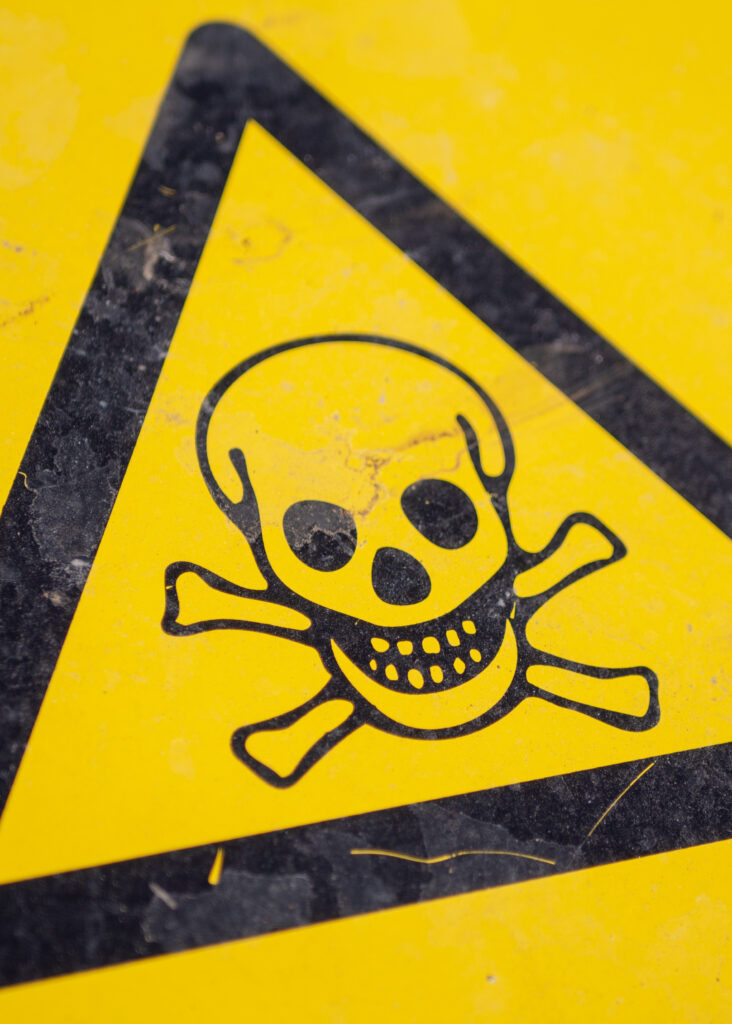Toxic cultures come with a hefty price tag, causing unhappiness and high turnover. According to a SHRM study, nearly 20% of employees have changed jobs in the past five years, and it cites toxic culture as the impetus. The study puts the cost of that turnover at $223 billion.
As a small business, it’s important to prevent toxicity from taking hold of your culture. But how?
“Not considering culture upfront can cause problems in the future,” says Racheal Hebert, president and CEO of Sexual Trauma Awareness and Response (STAR). “You want to foster a place where people feel happy and excited to come to work.”
Here are three ways you can prevent toxicity and foster harmony in your company culture.
Identify and Define Core Values
Company culture is shared by everyone at your startup, so it’s important to involve everyone in its creation. “It’s vital to come together as a group to identify the company’s core values,” Hebert says. “And that extends to defining those values as a group.” In order for accountability to occur, everyone must understand the core values in the same way.
It’s important to do this formally. “Often leaders will establish values informally and expect employees to catch on,” Hebert says. “But this can quickly devolve into mixed signals.” Lack of communication is one of the earliest symptoms of a toxic work culture, so it’s critical to head it off early.
Standardize Processes — but Be Open to Modifications
Setting expectations and procedures for employees might seem excessive, but it’s a way to be proactive about preventing toxicity. An email policy, for example, might require responses within a certain timeframe. “If you have standards for processes and interactions, everyone always knows what to expect,” Hebert says. “There aren’t any surprises.”
These policies should be maintained online where they are searchable and anyone can access them. Additionally, the document containing procedures should be a living document, as scenarios will occur that may require updates in the policies. “As your workforce diversifies, you will learn about interactions and aggressions that may not have occurred to you before,” Hebert says. Good policies are both responsive and inclusive.
Learn the Difference Between Good and Bad Conflict
Some conflict is actually healthy and productive — it’s a prerequisite for innovation, for example. “Ideas have to be challenged in order for growth to occur,” Hebert says. Respectful disagreement is a powerful tool for innovation as it spurs conversations and growth.
Bad conflict, on the other hand, causes stagnation. “An early sign of conflict is that people start calling in sick,” Hebert says. “We’re taught by society not to engage in conflict, so it just builds up.” Unspoken conflict is a huge factor in toxic work cultures. It’s uncomfortable and alienating.
To prevent this from occurring, Hebert suggests mining for conflict. “We never assume that everything is fine,” she says. “It’s a good practice to ask targeted questions in one-on-one meetings to identify sources of potential toxicity.”
Preventing toxicity requires constant vigilance. Policies are an excellent foundation, but to prevent conflict it’s vital to remain proactive by asking questions and engaging with your entire staff.





